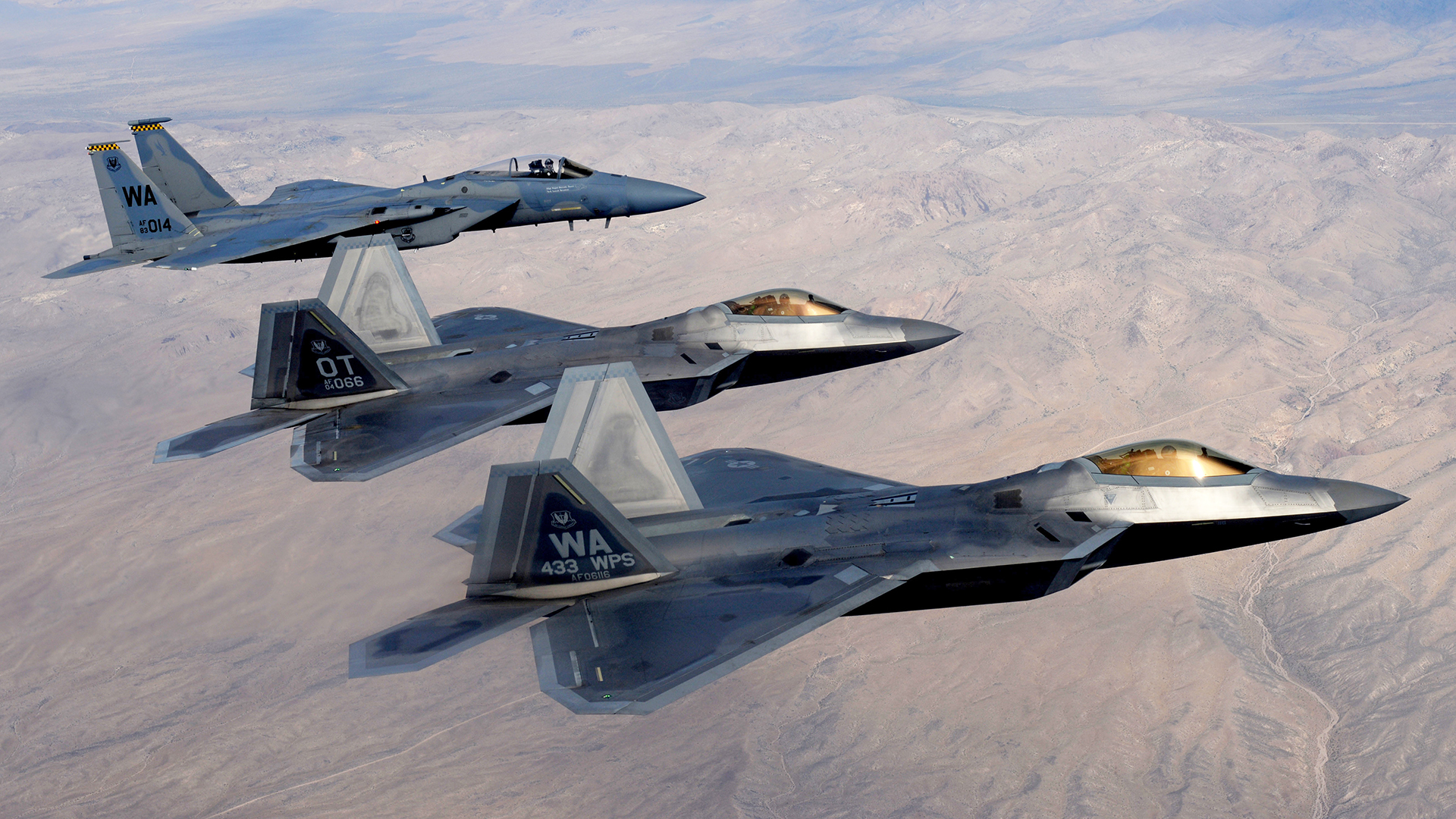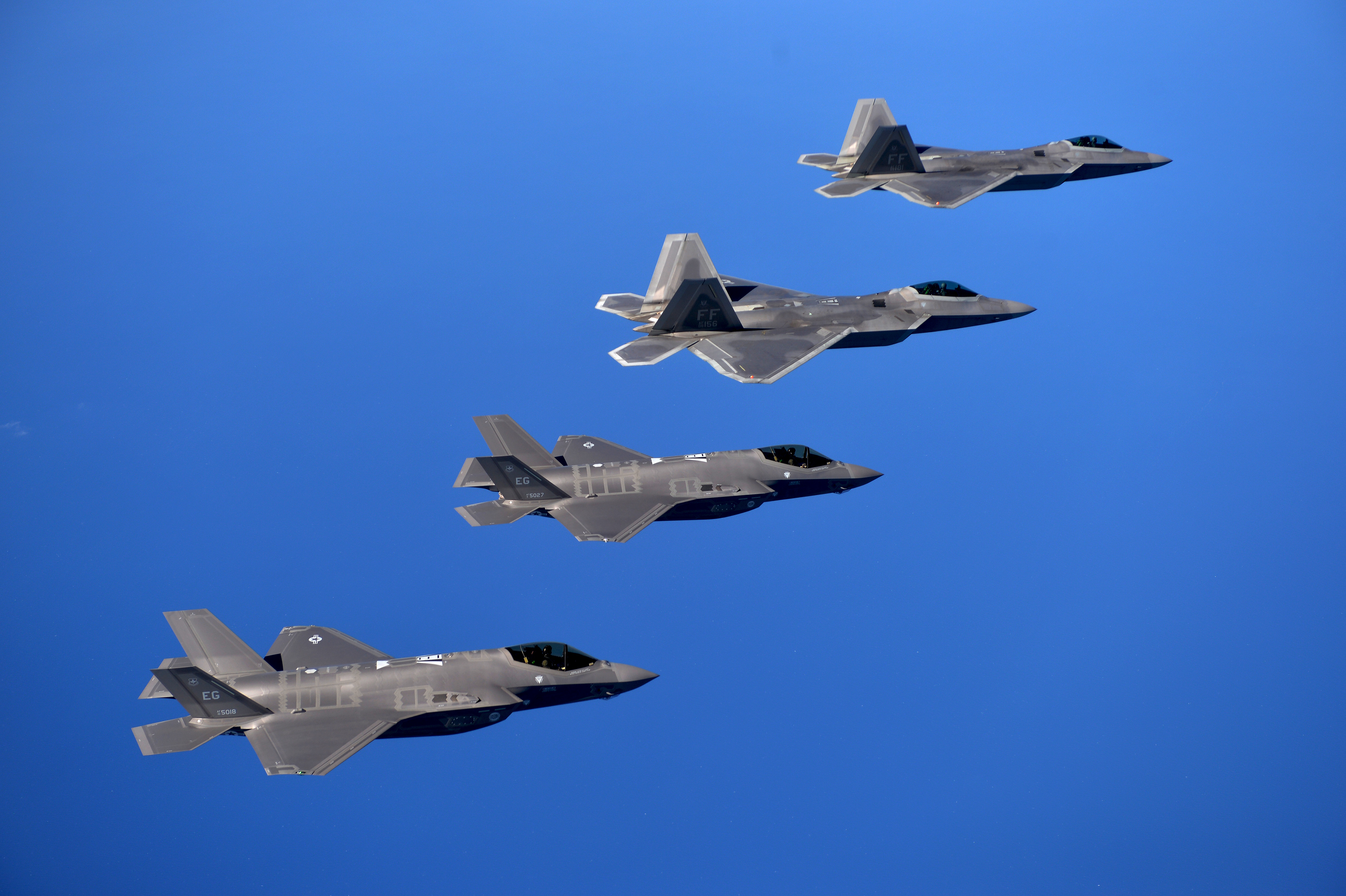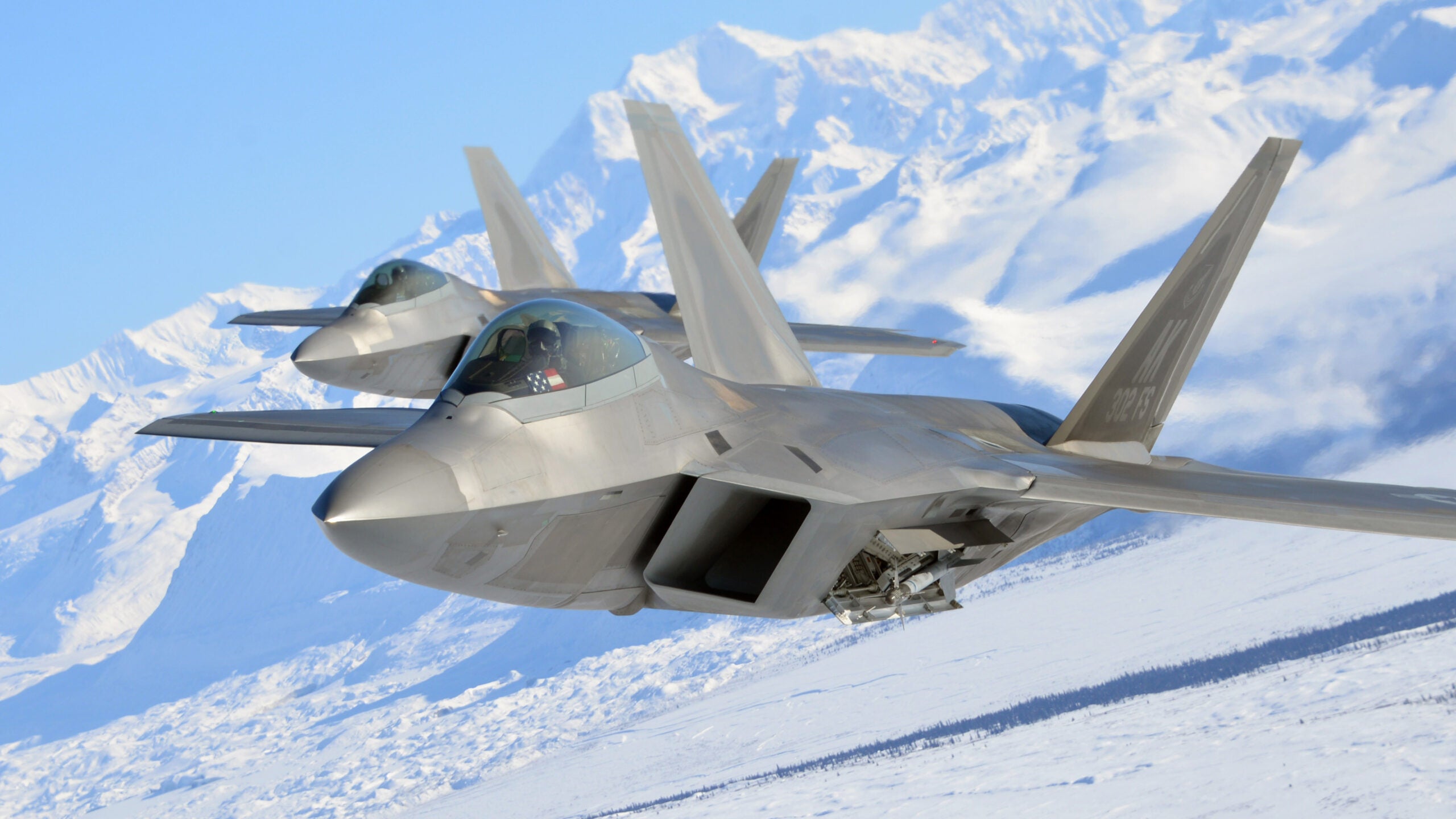Following the words of Chief of Staff of the Air Force General Charles Q. Brown Jr., yesterday, the military aviation world has been, it’s fair to say, reeling, with the news that the service is planning to do away with its much-vaunted F-22 Raptor stealth fighter. General Brown spoke of a desire to trim the Air Force tactical aviation fleet back to four types of fighter jets, plus the A-10 attack jet, which simply refuses to die.
Some of Brown’s original quotes about the Air Force’s ongoing TacAir study were presented in a way that was not necessarily immediately clear. The TacAir study, meanwhile, is part of a wider Air Force assessment of the optimum balance for its future tactical fighter force and is asking some big and difficult questions. The Air Force has now clarified to The War Zone what exactly Brown meant by his “four plus one” aspiration for the service’s tactical aviation fleet.

The story was broken by Oriana Pawlyk at Military.com, who quoted Brown as saying: “My intent is to get down to about four. And really, a four plus one, because we’re going to have the A-10 for a while … [the F-35 Joint Strike Fighter], which will be the cornerstone, the F-15EX, and then we’re going to have [the F-16 Fighting Falcon] for a while as well.”
According to the Military.com report, Brown didn’t mention the F-22 by name, nor the F-15E Strike Eagle, for that matter, suggesting that the countdown was already on to divest those two types. While there has been talk of the F-15EX potentially replacing the Air Force’s hard-worked F-15E fleet, the Raptor’s place had generally been considered safe until now, since it offers a portfolio of capabilities that are still unmatched by any other fighter. Brown also didn’t mention the fourth platform, although the implication was that this space would be taken by the forthcoming Next Generation Air Dominance (NGAD) program, or at least by the sixth-generation fighter portion of it since that ambitious effort likely aims to field a “system of systems,” rather than a single fighter as per the traditional model.
Breaking Defense
then reported that the four tactical jets that Brown was referring to were the NGAD, F-15EX, F-16, and F-35, but didn’t add anything about the plans for the F-22. However, that source did add that Brown sees a decision on the F-16’s replacement being made in the next “six, seven, eight years,” and that the Viper might be superseded by “more F-35s or something else.” That “something else” refers to the potential all-new fighter jet that Brown first disclosed back in February. At the time, The War Zone looked at the implications of a potential ‘clean-sheet design’ to replace the F-16 and its possible impact on long-held plans to buy 1,763 copies of the F-35A, originally intended as the F-16’s successor.

Finally, Defense One
weighed in, reporting that Brown said specifically that NGAD would replace the F-22.
An Air Force spokesperson has now confirmed to The War Zone that, yes, the four platforms that the Air Force’s top officer was talking about are the NGAD, F-35, F-15EX, and F-16, “plus the A-10 in the near/mid-term.”

When asked whether the Air Force is looking at the possibility of retiring the entire F-22 and/or F-15E fleets as part of the TacAir study, as this suggests, the answer was, however, non-committal: “We expect to determine the right mix of aircraft for the future through the ongoing TacAir study,” we were told.
“The F-22 is still undergoing modernization,” Air Force spokeswoman Ann Stefanek told Air Force Magazine, stepping back further. “There are no plans to retire it in the near term.”

Put together, however, it seems clear that the Air Force Chief of Staff currently favors trimming down the tactical aviation fleet to those four types, including the retirement of the F-22 (and the F-15E).
Before #SaveTheRaptor starts trending on Twitter, it’s important to remember that the TacAir study is just that — a study that looks to assesses the optimum balance for the Air Force’s tactical fighter force and which is being run alongside another initiative, the Pentagon’s Cost Assessment and Program Evaluation (CAPE). After all, Brown himself also said that the target was “about four” fighter types, plus the A-10, which is now expected to remain in service into the 2030s, and the Air Force has confirmed that there is no planned F-22 retirement date as of now.
Even if the Air Force were to decide that it could do without the F-22, a program to actually divest it would certainly meet concerted opposition — getting such legislation past lawmakers would likely be difficult in a similar manner as successive plans to retire the A-10 fleet or at least a portion of it. It would also be complicated by the fact that the Air Force has made concerted efforts to use Raptors to maximize the effects of fourth-generation jets, like the F-16. Only recently, meanwhile, the Air Force successfully demonstrated the ability to team up five F-35As and a single F-22 that were able to communicate with each other using their proprietary stealthy datalinks via a U-2S Dragon Lady spy plane.

The Raptor retirement plan, if it’s finally adopted, also places a significant burden on the NGAD, which would have to be combat-ready and available in the required numbers such that retiring the F-22 would not have an adverse effect on overall Air Force capabilities.
In fact, the idea that the NGAD is being lined up, in some planning, at least, as a Raptor replacement is interesting in itself. The NGAD — or at least, the fighter-like element of it — will have to be able to do all the F-22 can do, and more.
At the same time, after its production run was cut short at just 187 examples, the Raptor today is seriously hampered by the small size of the fleet, which in turn impacts the costs of sustaining and operating the jets. The aircraft’s low-observable capabilities remain effective, but the technologies involved are now aging and are also increasingly difficult to maintain.

Despite its young age, the F-22 fleet has persistently abysmal mission capability rates, a key metric used to determine how many aircraft are actually available to fly combat sorties at any time. In particular, structural modifications designed to extend the service life of the F-22 and increase its availability long-term have had an adverse effect on mission capability rates. Earlier this year, structural modifications were completed on 135 F-22s at Hill Air Force Base, Utah. “Hundreds of thousands of hours were dedicated to coating restoration, mitigating corrosion, aircraft modifications, modernization, and repair,” the Air Force confirmed at the time.
What is more, the F-22 has always been limited by its range. The addition of external fuel tanks significantly hampers the aircraft’s low-observable profile and performance. While that might not be such a big deal for a North American Aerospace Defense Command mission, warding off Russian long-range bombers and their escorts, it means the F-22’s utility would be much reduced in a conflict against China over the Taiwan Strait, for example. Really any major conflict against a near-peer competitor would mandate tanker aircraft operate within a few hundred miles or so of the F-22’s target area, which may not even be possible without putting those assets at high risk. This is a major problem we have highlighted for years and has increasingly become an issue the USAF is acknowledging itself.
With all that in mind, we can expect the NGAD design to be tailored to overcome all of those disadvantages. Increased payload, broadband low-observability, enhanced networking, updated sensors and electronic warfare capabilities, extreme situational awareness, and capacity for expansion for new capabilities, such as directed-energy weapons, are all also likely on the to-do list for NGAD. It is expected that unmanned systems, as well as manned/unmanned teaming concepts, will play a huge role in NGAD, so it is not just a single unified aircraft system, but a family of systems. Inflight software updates enabled by open architecture, and perhaps even rapid prototyping and production of new design iterations, will all help make this a reality.
Given the paucity of information about NGAD that’s reached the public domain so far, it’s likely to be some time before we get anything more concrete about the technical and capability aspects of this program. But this will have to change if Brown and the USAF really wish to sell the F-22 retirement scheme in exchange for pursuing NGAD with major financial backing.

There is also the question of how the F-35 will fit into these still-emerging plans. Only recently, a senior Air Force officer said that there was no value in including the current fleet of F-35As in tabletop wargames simulating future high-end conflicts, such as one covering an American military response to a Chinese invasion of Taiwan. Moreover, the F-35 program, as a whole, is facing a new level of scrutiny, although Brown has said he sees the jet as the “cornerstone” of the Air Force fighter fleet.
But what of potential plans to retire the F-22? In the past, Brown has said he wants the TacAir study to be completed in time to help inform decisions for the Air Force’s Fiscal Year 2023 budget request. “In the budget for FY 23, that’s where I see that we’ll really make some key decisions,” he said, earlier this year.
While the Air Force may be looking at a future without the Raptor, there is still a long, long way before that becomes a reality. Right now, it’s simply too early to predict what kind of impact the TacAir study might have on the F-22, or any other Air Force fighter program, for that matter.
Contact the author: thomas@thedrive.com
